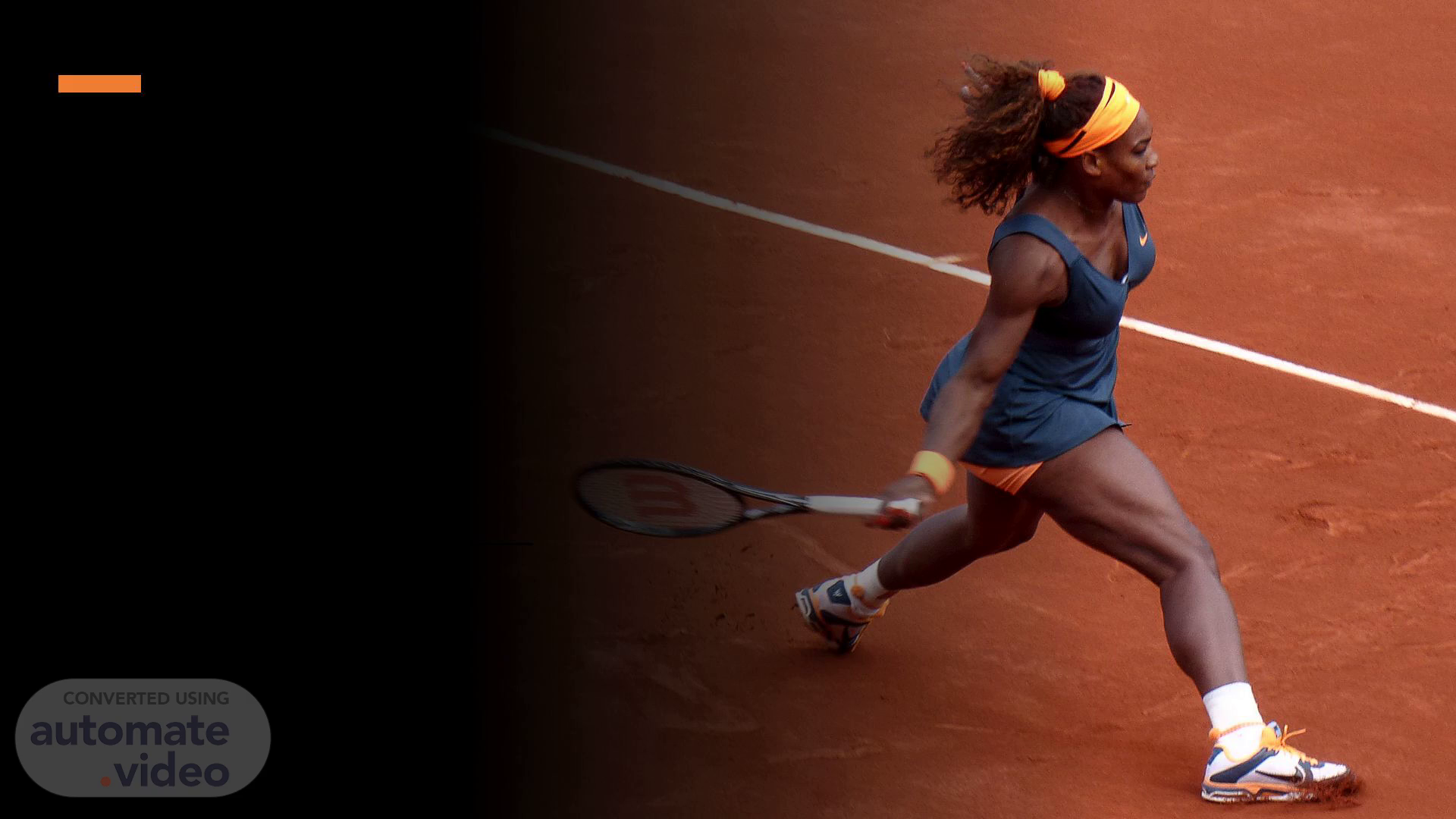
Show me how you move tennis
Scene 1 (0s)
[Audio] Show me how you move tennis By carlton gordy.
Scene 2 (5s)
[Audio] About the sport of tennis a racket sport that can be played individually against a single opponent (singles) or between two teams of two players each (doubles). Each player uses a tennis racket that is strung with cord to strike a hollow rubber ball covered with felt over a net and into the opponent's court..
Scene 3 (24s)
[Audio] 10 anatomical muscles Quadriceps (Quads): These muscles, located at the front of the thigh, are essential for running, jumping, and maintaining a stable stance on the court. Hamstrings: Situated at the back of the thigh, the hamstrings are crucial for movements like sprinting, stopping, and changing direction quickly. Gastrocnemius and Soleus (Calf Muscles): These muscles in the lower leg help with push-off movements, especially during serves and quick lateral movements on the court. Gluteus Maximus: The largest muscle in the buttocks, the gluteus maximus, plays a role in hip extension and provides power for movements like serving and lunging. Adductor Muscles: These muscles are located on the inner thighs and are involved in lateral movements and stability during side-to-side motions on the tennis court..
Scene 4 (1m 15s)
[Audio] 10 anatomical muscles Abdominals (Core Muscles): The core muscles, including the rectus abdominis and obliques, contribute to stability and rotational movements during serves and groundstrokes. Latissimus Dorsi (Lats): The lats, located in the back, play a role in the rotation of the torso and are engaged during various strokes in tennis. Deltoids: The deltoid muscles in the shoulders are essential for overhead movements like serving and smashing. Triceps Brachii: Situated at the back of the upper arm, the triceps are engaged during the extension phase of the arm, such as during serves and overhead shots. Erector Spinae: These muscles run along the spine and are involved in maintaining an upright posture, especially during serves and when preparing for shots..
Scene 5 (2m 8s)
[Audio] First move in tennis using your muscles Serve: Muscles Involved: Deltoids: The deltoid muscles in the shoulders play a crucial role in the overhead motion during the serve. Triceps Brachii: These muscles at the back of the upper arm are engaged during the extension phase of the serve. Latissimus Dorsi (Lats): The lats contribute to the rotation and power generated during the serve. Core Muscles: Abdominals and obliques provide stability and rotational force during the serve. Leg Muscles: Quadriceps and calf muscles contribute to the push-off and transfer of power from the legs to the upper body..
Scene 6 (2m 50s)
[Audio] Second move in tennis using your muscles Forehand Groundstroke: Muscles Involved: Deltoids: Engaged in the shoulder rotation and follow-through of the forehand stroke. Pectoralis Major: These chest muscles assist in the forward swing of the racket. Triceps Brachii: Involved in extending the arm during the follow-through. Core Muscles: Abdominals and obliques provide stability and facilitate rotational movements. Quadriceps and Hamstrings: These leg muscles are engaged during weight transfer and lateral movements while hitting the forehand..
Scene 7 (3m 26s)
[Audio] Third move in tennis using your muscles Lateral Movement (Side-to-Side): Muscles Involved: Quadriceps and Hamstrings: Engaged in the bending and straightening of the legs during lateral movements on the court. Adductor Muscles: Inner thigh muscles contribute to stability and lateral movements. Gastrocnemius and Soleus: Calf muscles help with push-off and quick changes in direction. Gluteus Medius: Located in the buttocks, these muscles assist in stabilizing the hips during lateral movements. Core Muscles: Abdominals and obliques provide stability and balance during side-to-side motions..
Scene 8 (4m 7s)
[Audio] First potential injuries that occur in tennis Tennis Elbow (Lateral Epicondylitis): This is one of the most prevalent injuries among tennis players. It involves inflammation of the tendons on the outer side of the elbow, often caused by repetitive gripping and swinging motions..
Scene 9 (4m 26s)
[Audio] Second potential injury that can occur in tennis Rotator Cuff Injuries: Overhead motions, particularly during serves and overhead shots, can contribute to rotator cuff strain or tears..
Scene 10 (4m 40s)
[Audio] Healing treatment for injuries in tennis Rest and Immobilization: Importance: Allow the injured area to rest to promote natural healing and prevent further damage. Method: Immobilize the affected area with a brace, cast, or other supportive devices as recommended by a healthcare professional. Ice Therapy (Cryotherapy): Importance: Ice helps reduce inflammation and alleviate pain. Method: Apply an ice pack to the injured area for 15-20 minutes every 2-3 hours during the initial 48 hours after the injury. Compression: Importance: Compression helps control swelling and provides support to the injured area. Method: Use compression bandages or sleeves, following healthcare professional advice..